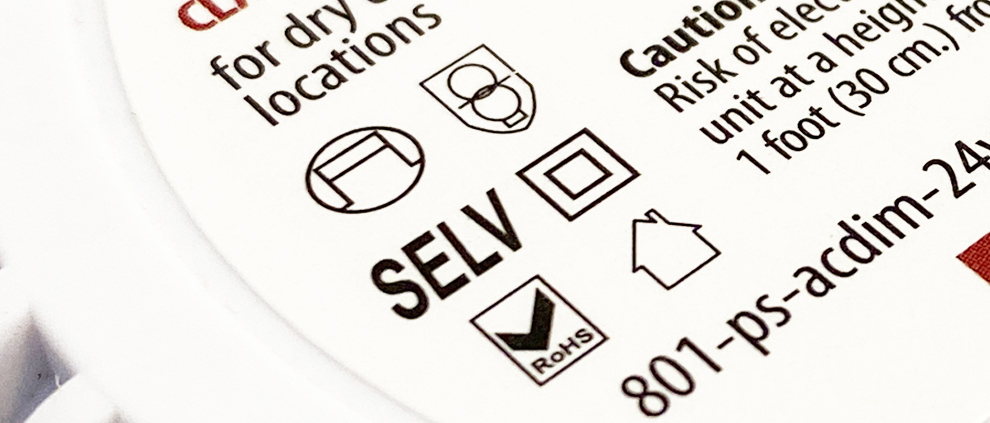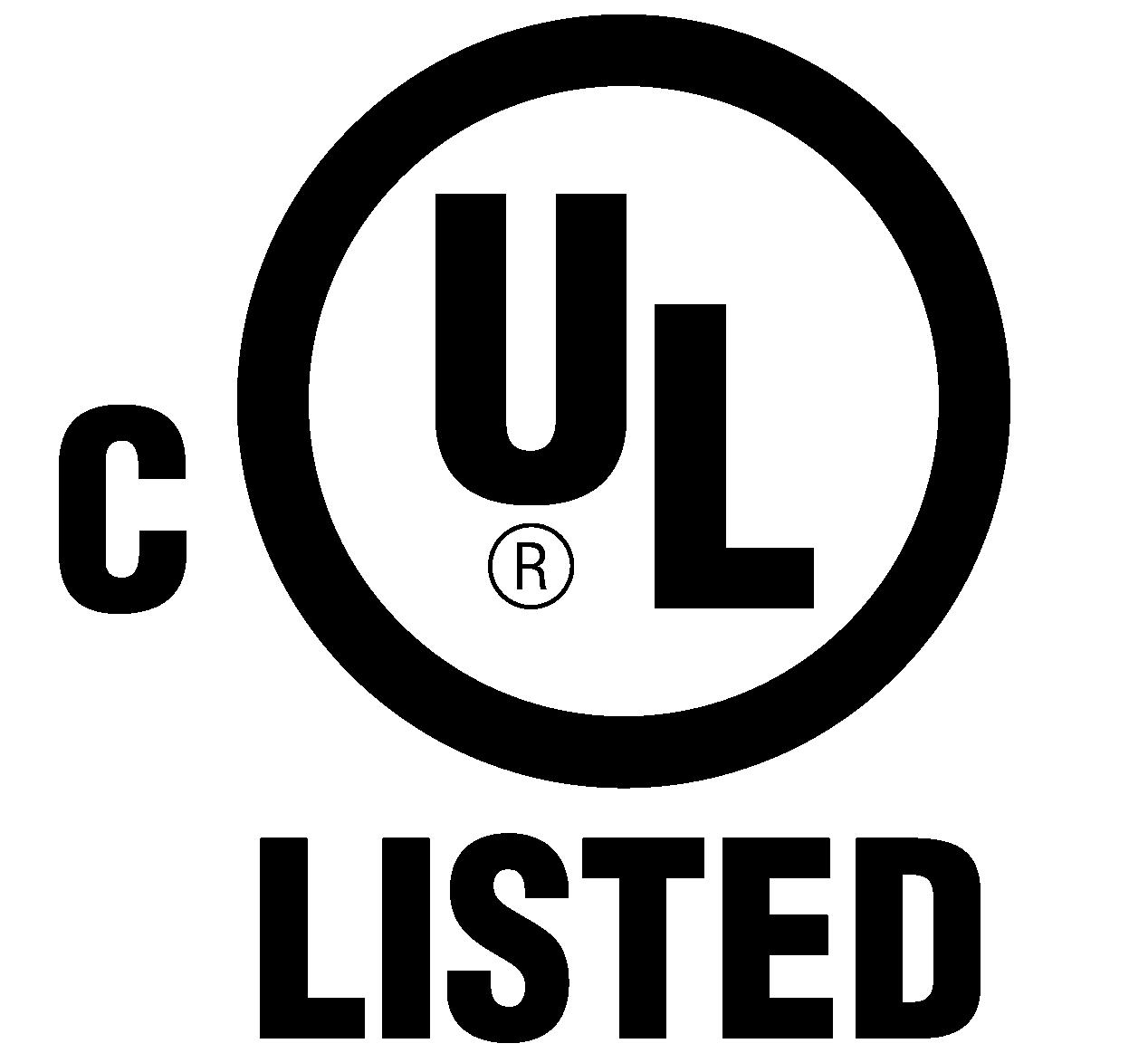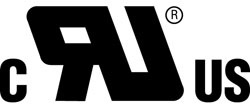Sometimes people ask us about SAD light therapy lights. SAD means Seasonal Affective Disorder, which causes some people to become depressed during winter months when there is less natural light available.
SAD has been scientifically researched for many years. The consensus is that 10-30 minutes a day of exposure to artificial light with a sunlight-like spectrum can be helpful. And its preferable not to have UV (ultraviolet light) included in this spectrum. Easy enough with LEDs.
And how powerful should this light be in order to be effective? Research calls for about 10,000 lux.
And here’s the main problem: while virtually all SAD lights on the market say they make 10,000 lux, they don’t tell you how close the light has to be to give you that. Here’s why:
Lux depends on distance from the light. Lux is not the brightness of the light source (that’s lumens). To talk about lux without telling the distance from the light source is total nonsense.
Luckily, lux is easy to measure with an inexpensive meter. Based on some measurements we’ve done, on some of these lights you’d need to be as close as an inch or less away to receive 10,000 lux! That’s clearly not practical.
And this key information (distance) is omitted from most marketing. To be fair, we have seen a few more powerful lights which do specify the distance; some of the ones we’ve seen mention 12 – 14 inches. That’s uncomfortably close, and that’s the better ones.
The other issue is that it seems SAD lights work best from slightly above the eyeline – but most of what’s on the market is designed to sit on your desk or table, shining up at you. There are a few with stands that let you raise them higher, but not many.
If you’re in the market for a SAD light, choose one that tells you how close you need to be in order to get 10,000 lux. You might find they are a bit more expensive.
So, the natural next question is: well, Lumicrest, if you’re so smart, why don’t you make a better SAD light? We’ve considered this. But with the flood of inexpensive products all claiming to make “10,000 lux” (but maybe they’d need to be a couple inches from your head), it seems too hard to compete against all of that market noise. We could, but we don’t.
That being said, if you really want a custom SAD light solution that does what it’s supposed to, let us know …









